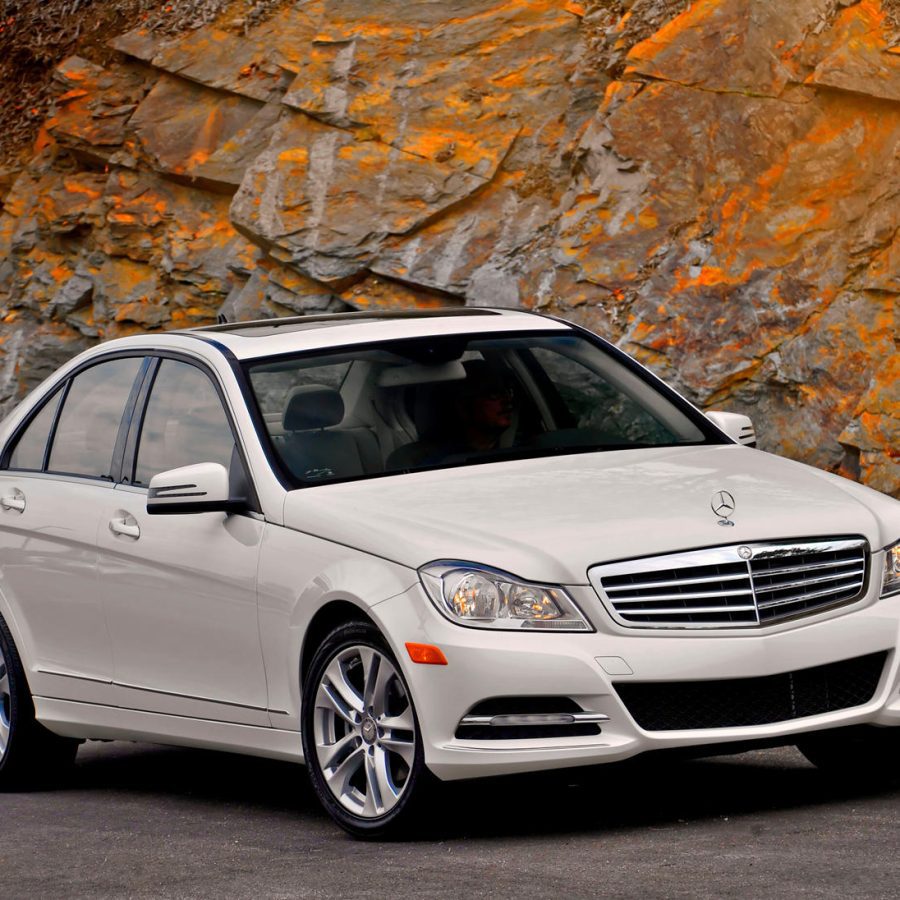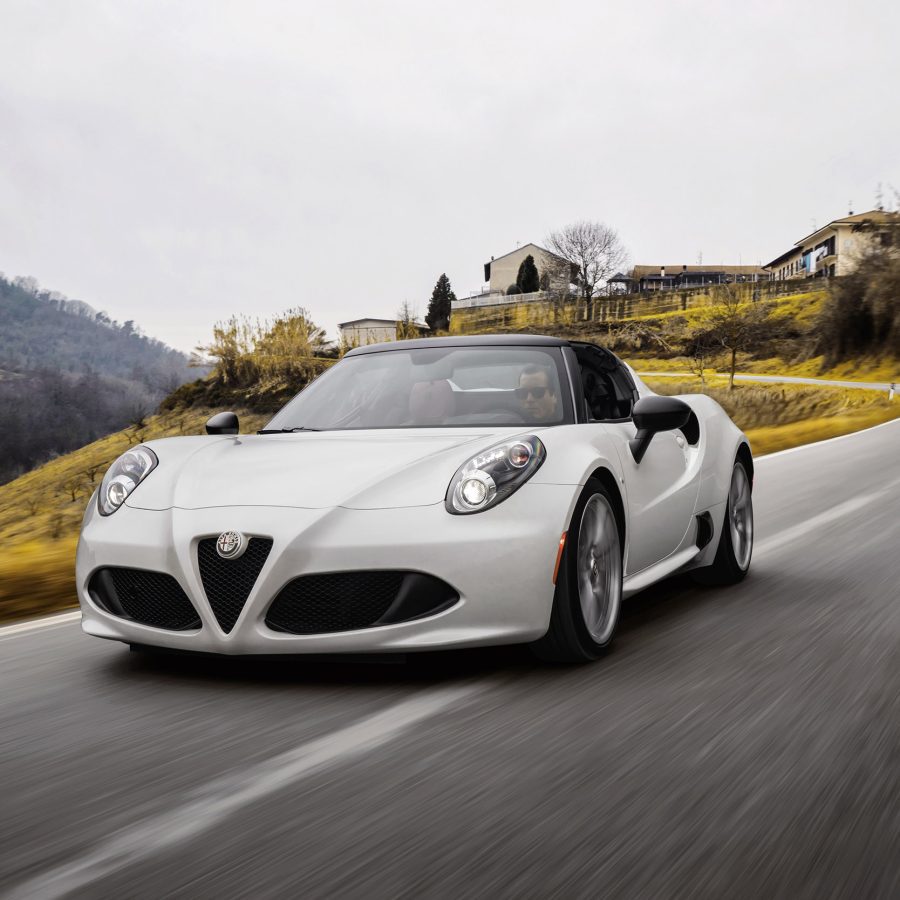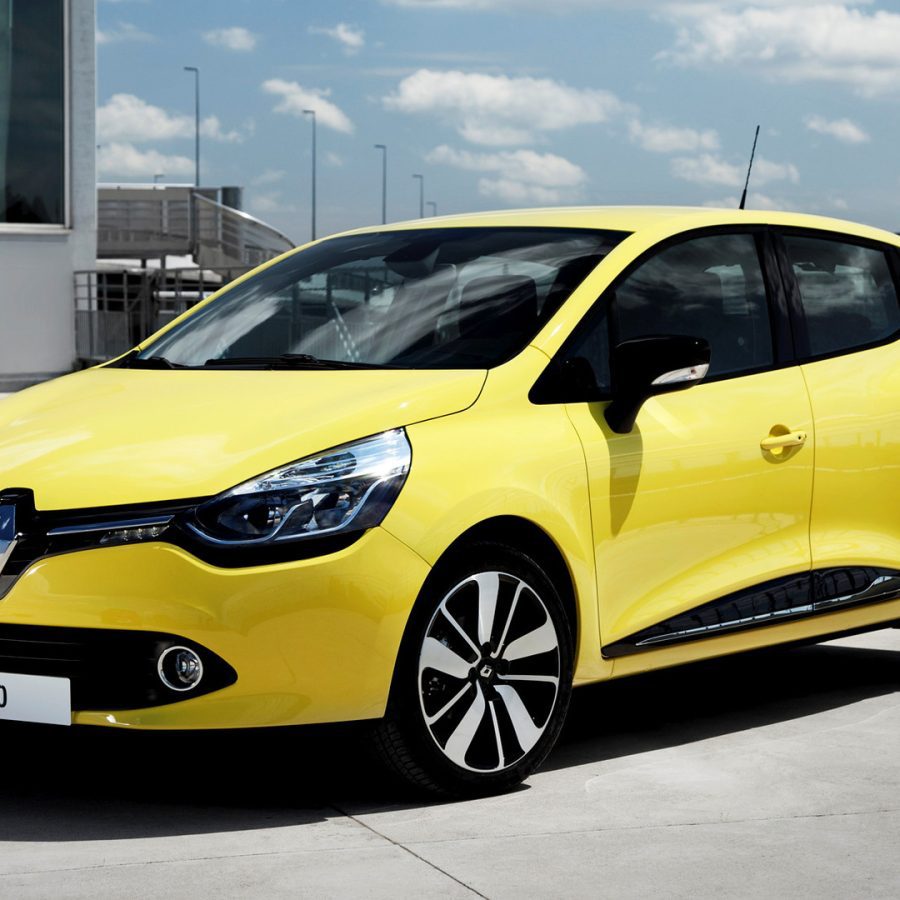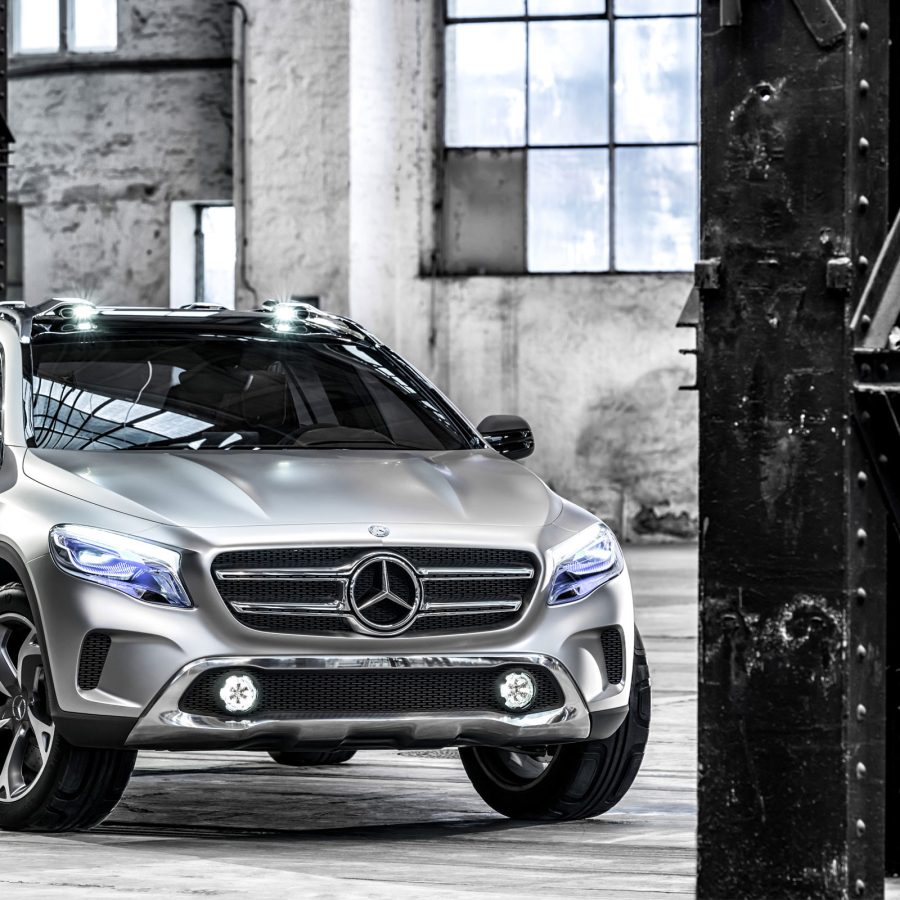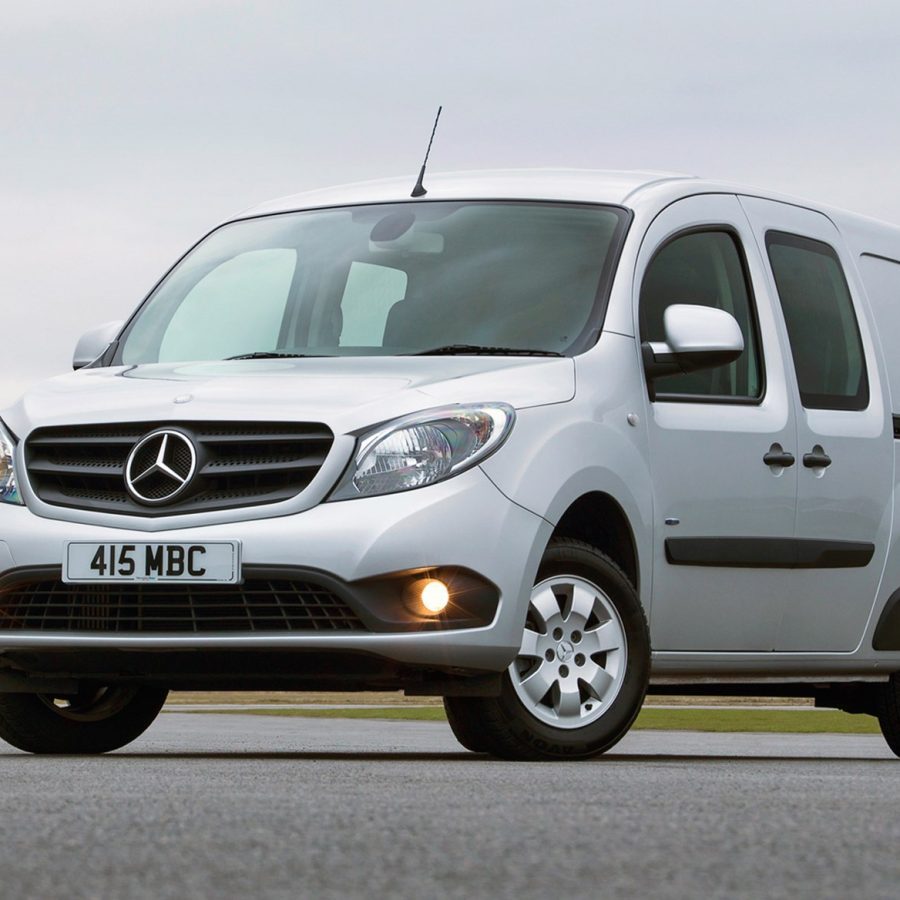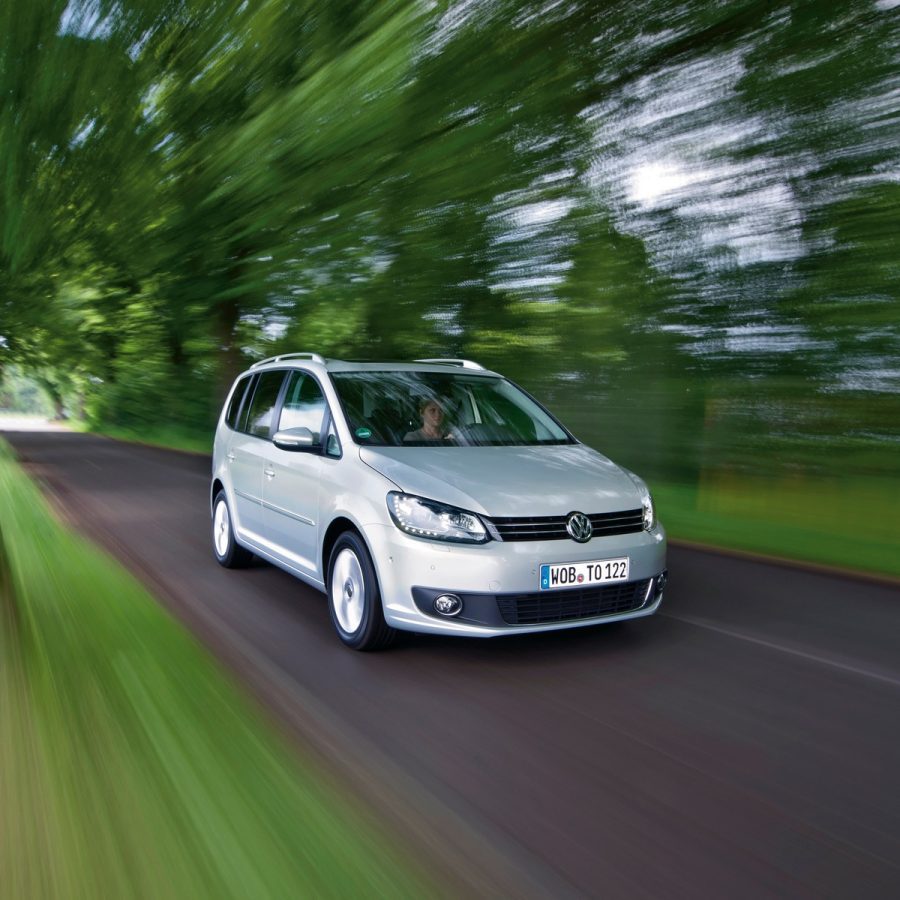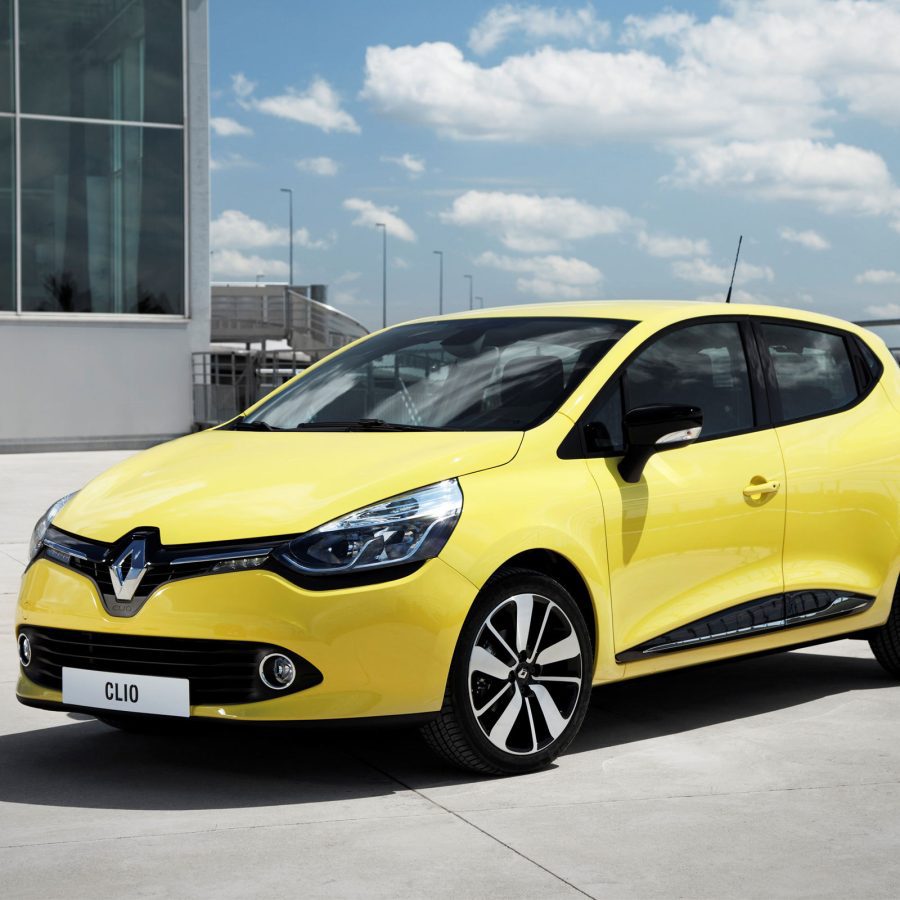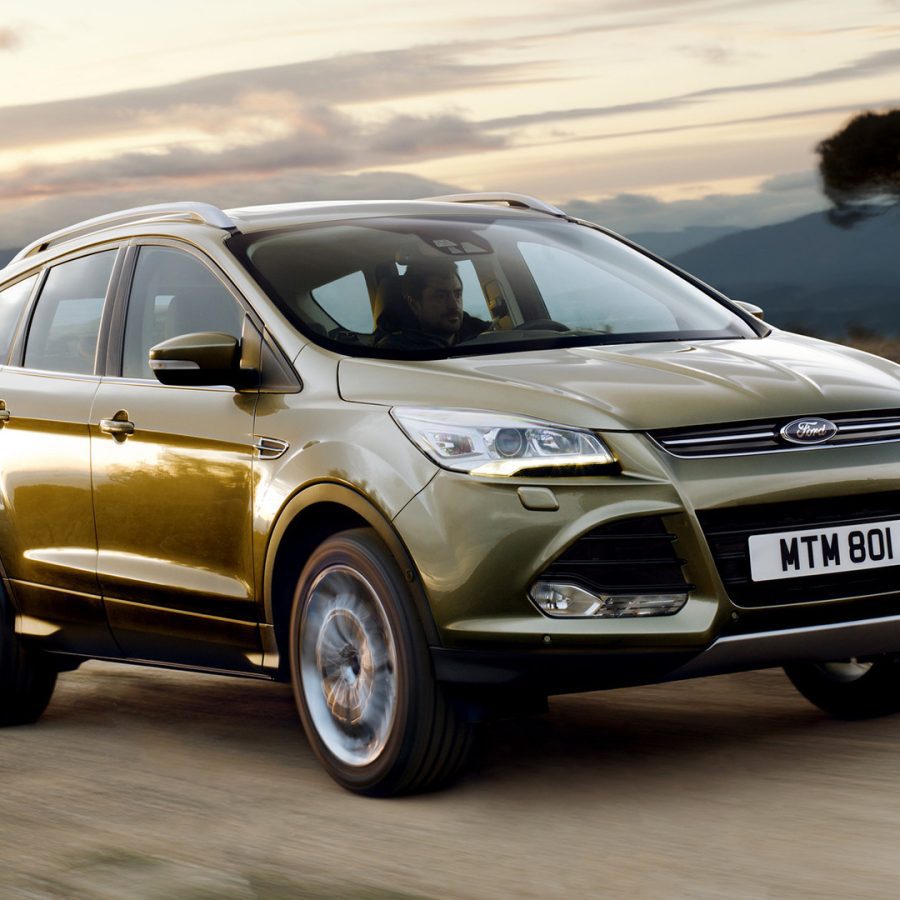2013 Europe Automotive Sales Research
In 2013, the European automotive market was slowly starting to emerge from the shadows of the financial crisis and the subsequent European debt crisis. The year saw a mix of challenges and early signs of recovery, but overall, the industry continued to undergo significant transformation. After several years of declining car sales in the wake of the financial crisis, 2013 started to show early signs of recovery. Although the growth was modest and not uniform across all countries, it was a positive indication for the industry. While there were signs of recovery, economic disparities across European countries persisted. Northern and Central European countries like Germany and the UK saw stronger sales figures compared to struggling economies in Southern Europe, such as Spain, Italy, and Greece. Diesel vehicles, which had been popular in Europe for their fuel efficiency and lower CO2 emissions, started facing scrutiny. The concerns about the NOx emissions from diesel engines began to surface, setting the stage for the more prominent "Dieselgate" scandal that would emerge later. The shift towards SUVs and crossovers continued to gather pace. European consumers were increasingly attracted to compact SUVs and crossovers that offered a blend of versatility, elevated driving position, and urban practicality. The push for electric vehicles (EVs) continued, albeit from a small base. More automakers introduced electric and hybrid models, anticipating a future demand surge. The Nissan Leaf, Renault Zoe, and Tesla Model S were among the notable electric vehicles in the market. The European Union continued its push for lower vehicle emissions. The regulatory environment was becoming more stringent, pushing automakers to invest more in research and innovation for cleaner vehicles.


